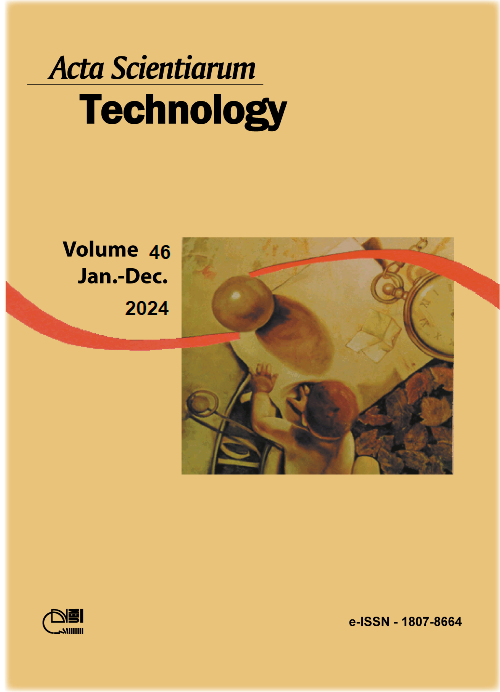An assessment of the true Gini coefficient regarding the fulfilment of the basic criteria for inequality measures
DOI:
https://doi.org/10.4025/actascitechnol.v46i1.64563Palavras-chave:
Gini index; dispersion; relative inequality index; variability.Resumo
The Gini coefficient emerged more than a hundred years ago, but it is still the well-known and most used measure for assessing the degree of inequality in a distribution. Historically, the Gini coefficient has mainly been used to study income or wealth distributions, but, as highlighted by Gini himself, the coefficient's power to measure inequality extends to other contexts. In order to adapt it to the needs and points of view of those who use it, both in its classical and non-traditional applications, the Gini coefficient is frequently modified and extended, which resulted in a multitude of mathematical expressions, interpretations and generalizations of this coefficient. The so-called True Gini coefficient, one of the multiple formulations of the Gini coefficient for discrete distributions that can be found in the literature, is a correction of the Gini coefficient that is directly derived from the mean difference between quantities, originally proposed by Gini, in 1912, and follows from the exclusion of self-on-self differences in the calculation. References to the main motivation for using the Gini coefficient point to its good properties, however, the fulfilment of the criteria for inequality measures is not common to the different formulations of the Gini coefficient. In this work we assessed the fulfillment of the four basic criteria for inequality measures by the True Gini coefficient, having shown that this formulation of the coefficient fulfills the principle of transfers, symmetry, and scale invariance. However, it does not comply with the principle of population, therefore, it cannot be included in the class of relative inequality indexes.
Downloads
Downloads
Publicado
Como Citar
Edição
Seção
Licença
DECLARAÇíO DE ORIGINALIDADE E DIREITOS AUTORAIS
Declaro que o presente artigo é original, não tendo sido submetido í publicação em qualquer outro periódico nacional ou internacional, quer seja em parte ou em sua totalidade.
Os direitos autorais pertencem exclusivamente aos autores. Os direitos de licenciamento utilizados pelo periódico é a licença Creative Commons Attribution 4.0 (CC BY 4.0): são permitidos o compartilhamento (cópia e distribuição do material em qualqer meio ou formato) e adaptação (remix, transformação e criação de material a partir do conteúdo assim licenciado para quaisquer fins, inclusive comerciais.
Recomenda-se a leitura desse link para maiores informações sobre o tema: fornecimento de créditos e referências de forma correta, entre outros detalhes cruciais para uso adequado do material licenciado.















